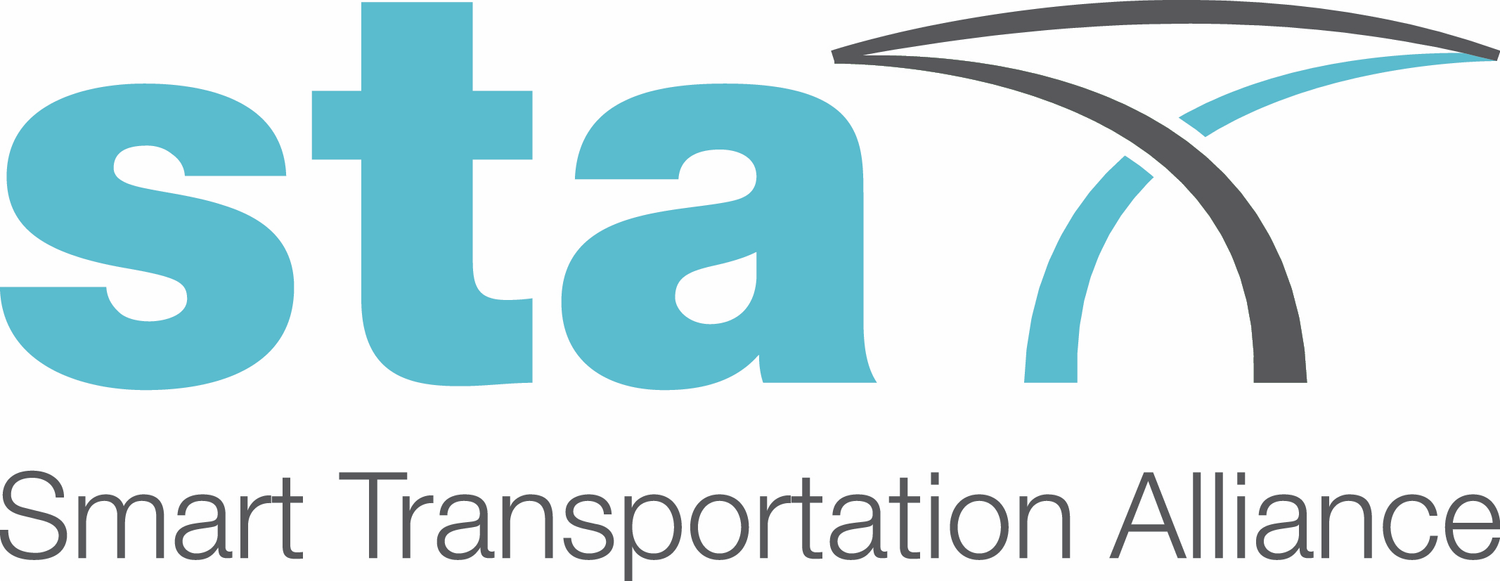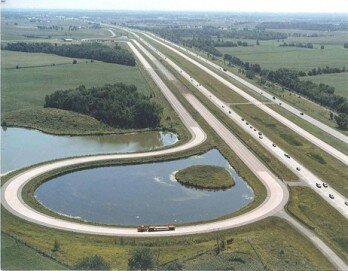STA Newsletter
Issue # September 2017
A bi-monthly online journal providing news and background about activities undertaken by STA with a view to improving the methods, technologies and standards associated to transportation infrastructures.
Rating the success of transport infrastructure project delivery – Technical Report 2/2107 published
26 September 2017
Well-recognised tools have been developed/used to assess the viability of transport infrastructure investments such as cost-benefit analysis (CBA) and multi-criteria decision analysis (MCDA) which compare the costs of delivery and operation/maintenance to benefits generated by the infrastructure.
STA, covered in the ‘Road Tech: Addressing the challenges of traffic growth’ report produced by ‘The Economist’ Intelligence Unit (EIU)
28 September 2017
The report examines the role of technology and smart engineering in addressing issues arising from the growth in traffic. The findings are based on desk research and interviews with innovators and subject matter experts.
STA Annual Innovation Awards: nominate your candidate until 6 October
12 September 2017
The ‘STA Annual Innovation Awards’ honour global innovators that have decisively contributed to deploying Smart Transportation Infrastructures (“Person of the Year” Category) and to improving the methods, technologies and standards associated to transportation infrastructures (“Best Innovation Solution/Project” Category).
STA hosts a 4-day Start-up Bootcamp in the framework of the frontierCities2 (fC2) project
22 September 2017
Preceded by a Consortium meeting on 18 September, STA hosted the Mobilisation Bootcamp of the EU-funded fC2 Accelerator in its Brussels office from 19 to 22 September 2017. The 14 selected start-ups had the opportunity to go through some intensive training, meet their coaches and discuss about an action plan for the months ahead.
“
There is little doubt that transportation infrastructure is at the heart of the ‘Smart Mobility’ era, a key player in a changing world, more competitive and cohesive every day.
”
NEWS OF INTEREST
DG MOVE launches TRIMIS to analyse transport innovation
The European Commission has launched an online tool to help analyse the effectiveness of transport innovation in delivering the EU’s energy and transport strategy.
The Transport Research and Innovation Monitoring and Information System, or TRIMIS, maps and analyses research trends and innovation capacities across Europe's transport sector. TRIMIS supports transport policy makers and researchers by helping to identify innovations with the greatest promise for the future, and aid policy makers to focus on areas where public intervention can create the highest added value.
Two members of the STA Management Committee, Elena de la Peña and José Manuel Vassallo, have served as co-rapporteurs to the infrastructure roadmap available here.
New methods for non-destructive concrete testing
New methods of non-destructive testing for concrete roads and structures offer great hopes for damage assessment and maintenance planning - Kristina Smith looks at two emerging applications, one using lasers, the other ultrasonic.
Atlanta launches Smart Corridor demonstration project
The North Avenue Smart Corridor demonstration project, funded by the Renew Atlanta Infrastructure Bond, will deploy the latest technology in adaptive signal systems for a safer, more efficient flow of transit, personal vehicles, cyclists and pedestrians, as well as facilitating improved emergency response by prioritising fire engines and ambulances travelling through the corridor.
Developing roads that can generate power from passing traffic
Researchers are looking at advanced materials for roads and pavements that could generate electricity from passing traffic. Engineers from Lancaster University are working on smart materials such as 'piezolectric' ceramics that when embedded in road surfaces would be able to harvest and convert vehicle vibration into electrical energy. The research project, led by Professor Mohamed Saafi, will design and optimise energy recovery of around one to two Megawatts per kilometre under 'normal' traffic volumes—which is around 2,000 to 3,000 cars an hour.








